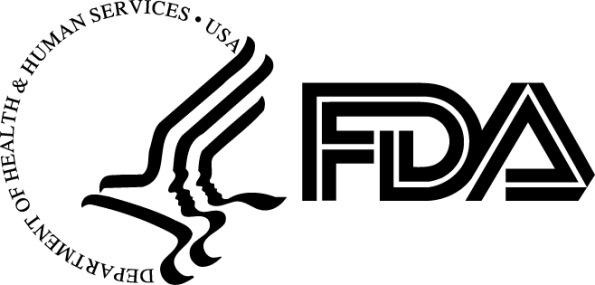Today, the Food and Drug Administration (FDA) announced new labeling standards for foods claiming to be “Gluten-Free”. The standards are intended to help protect the estimated 3 million sufferers of celiac disease, a serious auto-immune disorder triggered by ingestion of the gluten protein found in wheat, barley and rye.
The new rules dictate that foods claiming to be “gluten-free”, “no gluten”, etc. must contain less than 20 parts per million of the protein, a level deemed too low to trigger a response in celiac sufferers. The rules are similar to rules already in effect in Canada and the European Union.
Until now, there have been no rules regarding when a manufacturer is permitted to display a “gluten-free” claim on their packaging. Manufacturers have one year to comply with the new regulations.
“It’s enormously important for these people to have as much variety to choose from as possible,” Michael Taylor, the FDA’s deputy commissioner for foods and veterinary medicine, said in an interview. The FDA believes most foods with a gluten-free label currently meet the standard, Taylor said.
The Food Allergen Labeling and Consumer Protection Act (FALCPA), passed in 2004, mandated the FDA enact rules regarding the labeling for gluten. It has taken over nine years for the rules to be enacted.
SnackSafely.com applauds the move by the FDA but we believe it has taken the agency far too long to act. Though similar rules have been in effect in Canada since August 2012 and in the European Union since January 2012, American consumers will have to wait yet another year for the rules to be enforced.
Now that these rules have been announced, we urge the FDA to adopt similar standards for foods claiming to be free of the eight major food allergens identified by FALCPA as well as sesame and mustard, and to mandate that manufacturers disclose when a product is made on the same line or in a facility that processes these allergens.
To deal with the shortcomings of US labeling rules, SnackSafely.com has announced the Manufacturer Partnership Initiative, whereby manufacturers can earn a listing in our Safe Snack Guide by disclosing their manufacturing practices regarding 10 allergens in addition to gluten. The Safe Snack Guide is relied upon by schools nationwide to help keep peanuts and tree nuts out of the classroom as part of an allergen exclusion policy. The Guide has been downloaded over 15,000 times/month for each month of the last quarter and continues to grow in circulation.





